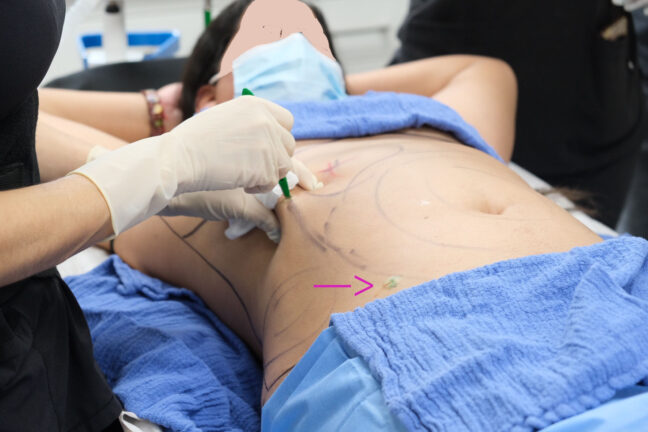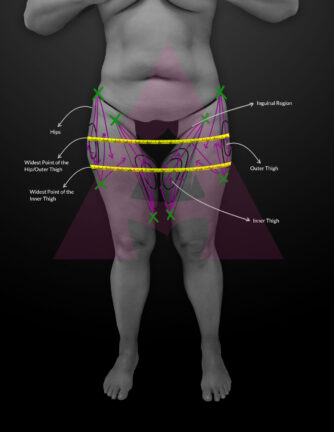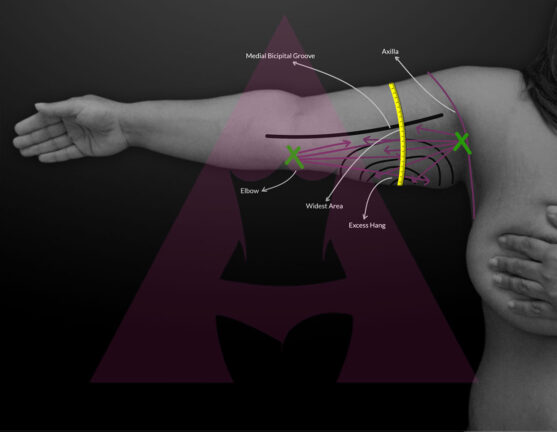A few months ago, at the end of 2020, while doing a training in the United States, I received an international call with an invitation to participate in a Beautifill Training in Central America. Beautifill is a diode laser from Alma Lasers used for liposuction and fat transfer. I have been a Beautifill trainer in the US for many years training doctors around the country on the operation and advantages on this equipment. I had already been in conversation with Alma Lasers since the end of 2019 about collaborating with the international market offering Beautifill Trainings. The delays that occurred due to the pandemic in 2020, forced face-to-face surgical trainings to be postponed to 2021. Upon receiving this call, I accepted immediately, as my interest was to enter the Spanish-speaking market as a trainer for this laser equipment. We immediately began planning for the first Beautifill launch in Latin America to be carried out in Costa Rica, with the local distributor, H&B.
I had the opportunity to participate in three days of face-to-face training with live surgeries, demonstrating Beautifill for the use in laser liposuction and skin tightening and fat transfer. On the first day, we trained the clinic SKN, owners of the first Beautifill laser in San José, Costa Rica. We were able to complete three cases of laser liposuction and fat transfer, including liposculpting of the abdomen and flanks and fat transfer to buttocks, breasts and face. On the second day, we trained specialists, plastic surgeons and dermatologists, and on the third day we trained aesthetic doctors, offering them, on both days, a talk to discuss the equipment, the operation and advantages, as well as the opportunity to participate in live operations. All specialists, experts in the technique of liposuction and fat transfer, were completely satisfied with the quality of the laser and its ease of operation and the advantage of offering their patients optimal results using state-of-the-art equipment.
My experience was enriching as I had the opportunity for the first time, in my native Spanish language, to offer face-to-face Beautifill trainings and share my knowledge with Spanish-speaking colleagues. Additionally, being able to share state-of-the-art technology with highly skilled and specialized colleagues in the field of liposuction and fat transfer surgery resulted in enriching professional discussions for everyone in attendance, including myself. The kindness and hospitality of the H&B team was excellent.
Here I share a video of this experience and the participants of the first launch of Beautifill in Latin America, San José, Costa Rica.








